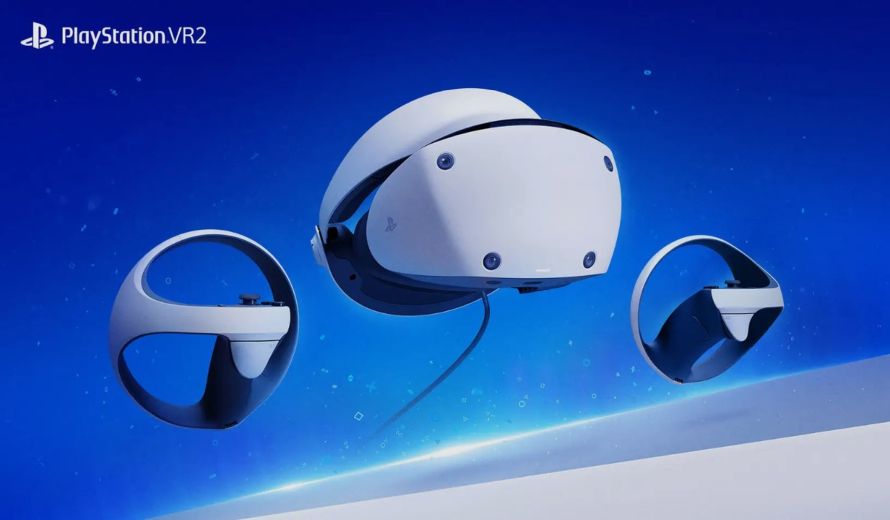Assessing Challenges and Prospects for the PSVR2
In 2021, Sony ignited anticipation with the announcement of a cutting-edge virtual reality headset touted to revolutionize gaming experiences. Branded as “a next-gen VR system,” PlayStation VR2 promised enhanced features encompassing resolution, field of view, tracking, and input. However, despite lofty expectations, the journey of PSVR2 has been fraught with obstacles, leaving it far from realizing its full potential one year after its highly anticipated release.
From the outset, PSVR2 showcased impressive hardware innovations, including OLED displays, immersive controllers with haptic feedback, and advanced eye tracking technology. Yet, the platform’s success hinges not solely on technical prowess but on a robust library of exclusive content, a facet where PSVR2 has struggled to excel.
Initial observations reveal a sparse landscape of first-party exclusives, undercutting PSVR2’s competitive edge in the burgeoning virtual reality market. While boasting a launch lineup featuring over 40 games, the dearth of true exclusives underscores a critical gap in Sony’s VR strategy. With only a handful of standout titles, such as Horizon Call of the Mountain, fully leveraging PSVR2’s capabilities, the platform pales in comparison to industry leaders like Meta, renowned for its compelling exclusives such as Resident Evil 4 VR and Asgard’s Wrath 2.

Furthermore, tepid third-party support and technical challenges have compounded PSVR2’s woes, with mixed receptions to titles like The Dark Pictures: Switchback VR and Firewall Ultra. Meanwhile, Sony’s recent organizational shake-ups, including the closure of VR-focused studios like PlayStation London and the downsizing of key development teams, signal tumultuous times for the platform.
Parallels between PSVR2’s predicament and the fate of the PlayStation Vita, Sony’s handheld console, evoke concerns of history repeating itself. Despite initial fanfare, the Vita faltered due to lackluster support and market dynamics, a trajectory eerily mirrored by PSVR2’s struggles to gain traction.
Compounding these challenges is Sony’s lackluster marketing efforts and limited availability, inhibiting broader adoption and stunting potential growth. While recent endeavors to introduce PC VR support aim to broaden PSVR2’s appeal, the platform’s long-term viability remains uncertain amidst a fiercely competitive landscape.
Looking ahead, Sony faces an uphill battle in revitalizing PSVR2’s prospects. With dwindling sales figures and mounting skepticism from industry analysts, the platform’s future hinges on concerted efforts to bolster its content ecosystem and strategic positioning within the VR market. As the VR landscape continues to evolve, Sony must navigate shifting paradigms and consumer expectations to secure PSVR2’s relevance and enduring success in the ever-expanding realm of virtual reality.